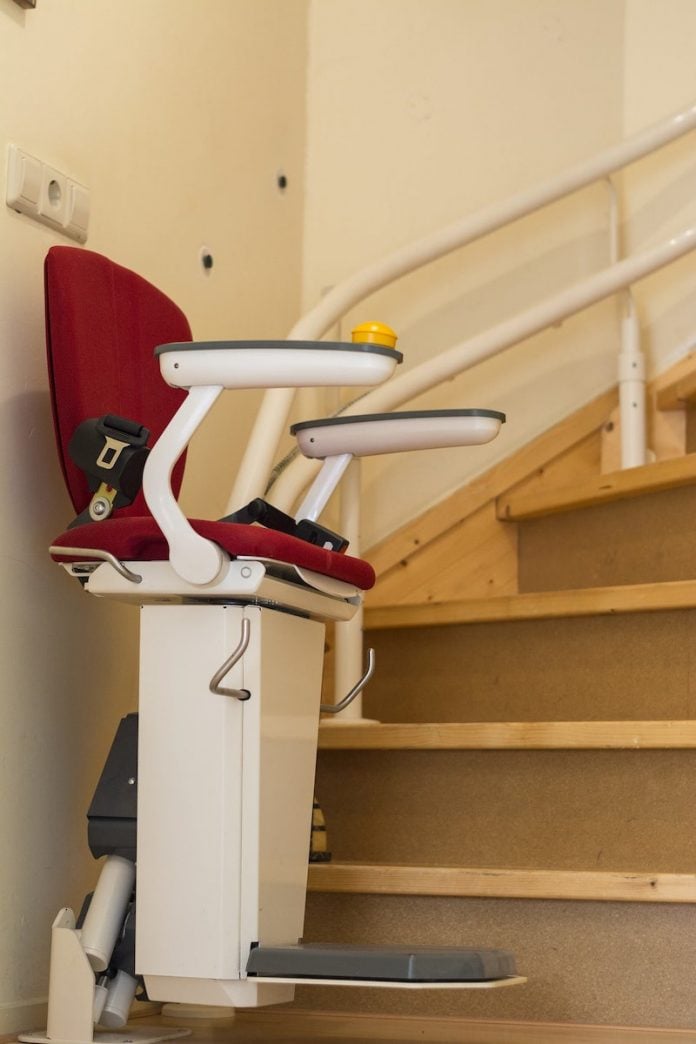Accessible Home Design Tips for Wheelchair Users
Creating a home design for wheelchair users that is both stylish and accessible is not only possible but essential. Wheelchair-friendly interiors enhance mobility and independence and contribute to a sense of comfort and inclusivity. In this comprehensive guide, we will explore key principles and practical tips for designing interiors that cater to the needs of wheelchair users, promoting an environment where everyone can thrive.
Start with Spacious Layouts
The foundation of wheelchair-friendly interiors lies in creating open and spacious layouts. Avoid clutter and prioritize ample room for easy maneuverability. Ensure that doorways and hallways are wide enough to accommodate wheelchairs comfortably, considering a minimum width of 36 inches for primary pathways.
Choose the Right Flooring
Selecting the right flooring is crucial for wheelchair accessibility. Opt for smooth and non-slip surfaces to facilitate easy movement. Hardwood, laminate, or low-pile carpeting are excellent choices, providing a smooth transition for wheelchair users. Avoid high-pile carpets, which can be challenging for wheelchairs to navigate.
Adapt Kitchen Spaces for Accessibility
In the kitchen, focus on creating a user-friendly space for wheelchair users. Lower countertops and sinks, strategically placed appliances, and accessible storage solutions are essential. Consider installing pull-out shelves and drawers to enhance ease of use. Additionally, ensure enough space beneath counters to allow wheelchair users to approach comfortably.
Accessible Cabinets and Storage
When designing storage spaces, prioritize cabinets and shelves that are easily reachable from a seated position. Install pull-down or pull-out racks to make items more accessible—Utilise adjustable shelving to accommodate different needs and ensure that commonly used items are within easy reach.
Bathroom Design for Comfort and Safety
Bathrooms can pose significant challenges for wheelchair users, but thoughtful design can make a substantial difference. Install grab bars strategically, ensuring they can support the user’s weight. Consider a roll-in shower with a level entry or a walk-in bathtub. Choose non-slip flooring and install an elevated toilet seat for added comfort.
Adjustable Furniture for Versatility
Opt for adjustable furniture customized to meet the user’s needs. This includes adjustable-height tables, chairs, and beds. Such furniture not only enhances accessibility but also provides flexibility for different activities and preferences.
Create Multi-Level Surfaces
When designing surfaces like countertops, consider creating multi-level areas that can be easily reached from a seated position. This can be achieved by incorporating pull-out trays or adjustable surfaces. Multi-level designs ensure that wheelchair users can engage in various activities without compromising on accessibility.

Enhance Lighting for Visual Comfort
Good lighting is crucial for everyone, but it becomes essential for those with mobility challenges. Ensure that spaces are well-lit, minimizing shadows and providing even illumination. Natural light is beneficial, so consider maximizing the use of windows while also incorporating adjustable artificial lighting for different needs.
Smart Technology for Convenience
Integrate smart home technology to enhance convenience and accessibility. Voice-activated assistants, automated lighting, and smart thermostats can all be controlled without the need for physical interaction. This not only adds a modern touch to the home but also empowers wheelchair users with greater independence.
Consider Furniture Placement
Thoughtful placement of furniture is vital to creating a nice home design for wheelchair users and also a wheelchair-friendly environment. Arrange furniture to allow for clear pathways and ensure enough space around key areas, such as tables and beds, for easy navigation. Consider a minimalist approach to maintain an open and inviting atmosphere.
Install Stairlifts for Multi-Level Homes
Adding a stairlift for staircases can be a transformative addition for homes with multiple levels. Stairlifts provide a safe home design tip for wheelchair users and a convenient way for them to move between floors, eliminating the need for strenuous transfers or assistance. This investment not only enhances accessibility but also promotes a more inclusive living environment.
Art and Aesthetics
Wheelchair-friendly interiors need not compromise on aesthetics. Explore creative ways to incorporate art and decor that align with your style preferences while considering accessibility. Wall-mounted art, strategically placed mirrors, and vibrant colors can add personality to the space without hindering mobility.






